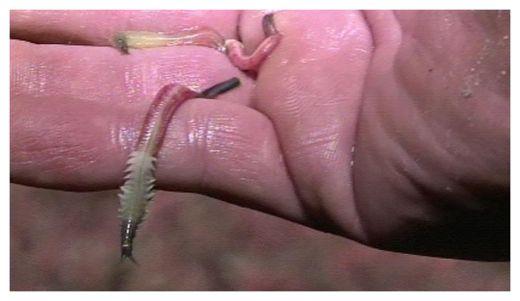OF THE
TIMES
I've had enough of someone else's propaganda. I'm for truth, no matter who tells it. I'm for justice, no matter who it's for or against. I'm a human being first and foremost, and as such I am for whoever and whatever benefits humanity as a whole.
The major problem with a Corporation is that its owners are Anonymous and cannot be punished for crimes committed by the Corporation, even when...
Western politicians in the US and europe have been trying to ruin Russian business for years. Now they are getting a taste of their own medicine...
"It transfers control over 100% of the shares in the Russian companies" ... that was long overdue!
Americans deserve to be blessed with such an ally as Ukraine.
Are these outages increasing in frequency, or is that merely my imagination? Perhaps a CME?
To submit an article for publication, see our Submission Guidelines
Reader comments do not necessarily reflect the views of the volunteers, editors, and directors of SOTT.net or the Quantum Future Group.
Some icons on this site were created by: Afterglow, Aha-Soft, AntialiasFactory, artdesigner.lv, Artura, DailyOverview, Everaldo, GraphicsFuel, IconFactory, Iconka, IconShock, Icons-Land, i-love-icons, KDE-look.org, Klukeart, mugenb16, Map Icons Collection, PetshopBoxStudio, VisualPharm, wbeiruti, WebIconset
Powered by PikaJS 🐁 and In·Site
Original content © 2002-2024 by Sott.net/Signs of the Times. See: FAIR USE NOTICE

Reader Comments
to our Newsletter